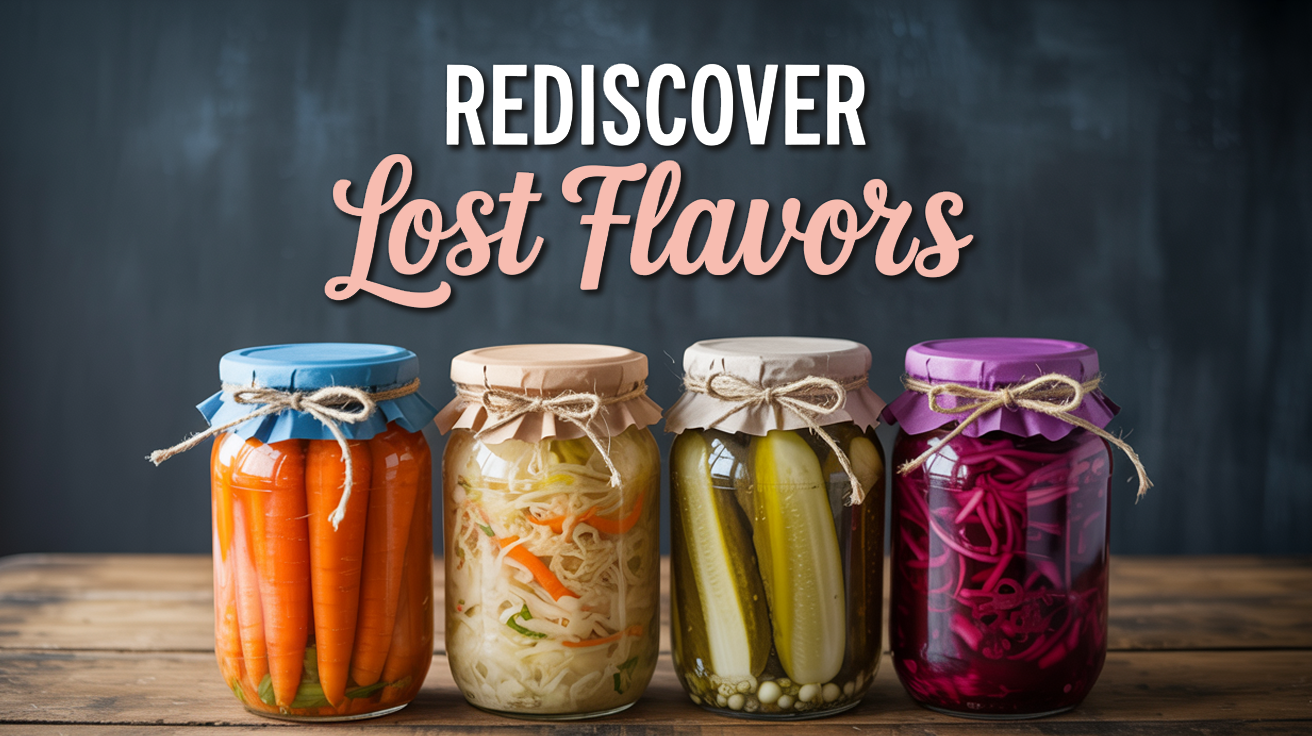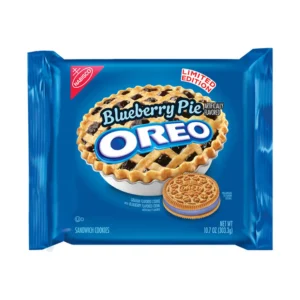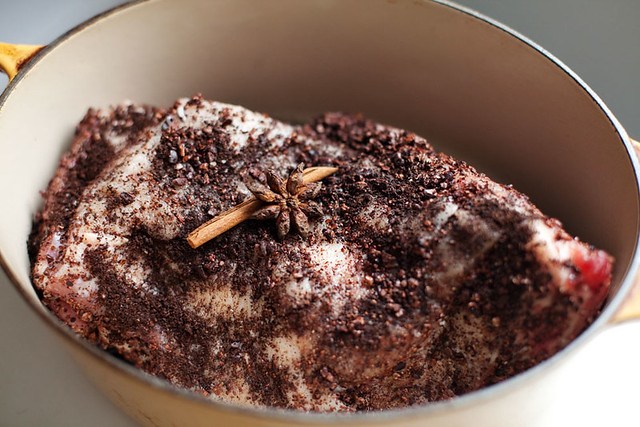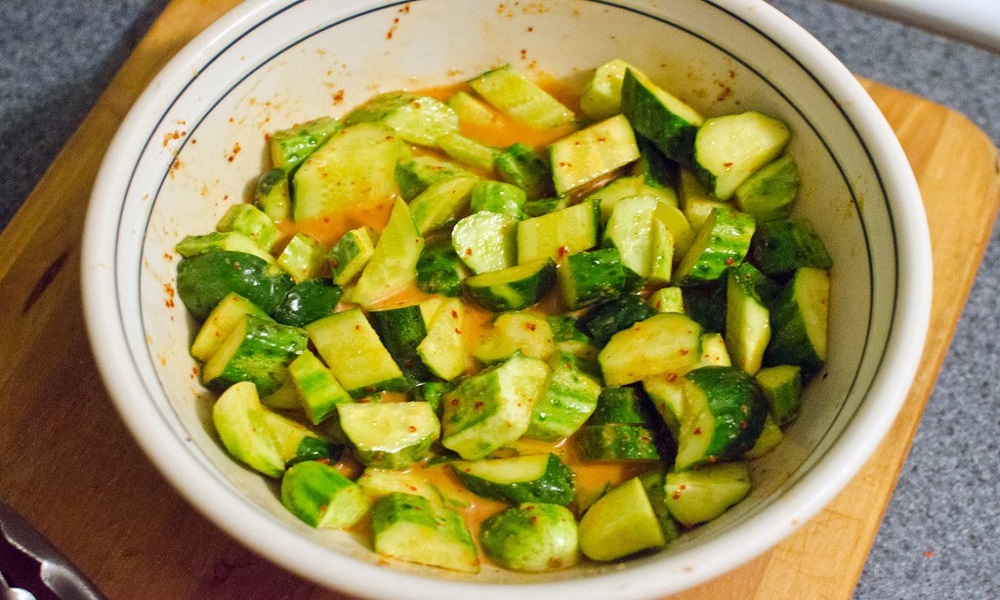Remember those meals that grandma used to make? The ones that filled the house with distinctive aromas and occasionally sent kids running for cover? These forgotten foods once dominated American dinner tables for good reason. Before superfood smoothies and açai bowls, these nutrient-dense staples provided families with essential vitamins and minerals—often at budget-friendly prices. Here’s a journey through culinary history that might just inspire you to revive some of these vintage nutritional powerhouses.
10. Liver and Onions: Nature’s Multivitamin

The mere mention might trigger flashbacks of dinner table standoffs. Traditionally soaked in milk to tame its metallic bite, liver delivers more nutritional punch than almost any other food on the planet. Dredged in flour and fried alongside golden onions, the aroma transforms from clinical to comforting as it sizzles in the pan.
That first bite delivers a complex mouthfeel—simultaneously velvety and dense with a mineral-rich tang that contains 1,176% of your daily B12 needs in a single serving. When properly prepared, liver melts on your tongue before revealing its distinctive earthy depth that lingers like a memory of simpler times.
9. Bone Broth: Liquid Gold in a Bowl

Long before collagen supplements lined health store shelves, there was bone broth. Soup bones simmered for hours with vegetables and herbs created what many grandmothers considered the ultimate healing food. The kitchen fills with a rich, savory aroma that deepens over 24-48 hours of patient cooking.
Each amber spoonful coats your mouth with velvety richness—simultaneously meaty yet clean-tasting. The broth delivers a symphony of umami that dances on your tongue while delivering 10 grams of protein per cup. The gelatin-rich liquid transforms from flowing to wobbly when refrigerated, a testament to the collagen extracted from joints and marrow that modern science now validates as beneficial.
8. Fermented Foods: Tangy Time Machines

Before refrigeration transformed food preservation, fermentation reigned supreme. Sauerkraut, pickles, buttermilk, and cottage cheese resulted from this ancient practice that transforms ordinary vegetables into probiotic powerhouses. The process was simple—salt vegetables and let nature work its magic.
The unmistakable tang hits your nose first—a complex sourness that makes your mouth water in anticipation. Each crunchy bite of sauerkraut delivers a satisfying snap followed by juicy release of bright, acidic flavors. These foods not only contain up to 100 times more probiotics than supplements but also preserve vitamin C through winter months. The electric zing on your tongue comes from beneficial bacteria that improve nutrient absorption by up to 50% while supporting your microbiome’s delicate ecosystem.
7. Sardine Sandwiches: Depression-Era Superfoods

Opening a lunch box to find a sardine sandwich might have been social suicide in the school cafeteria. These tinned fish, often mashed on bread with mustard and onions, pack more omega-3 fatty acids than many expensive supplements. Their bones provided calcium while their flesh delivered vitamin D and complete protein.
The unmistakable aroma announces itself before the first bite—briny, oceanic, and unapologetically fishy. The paste-like texture spreads easily, delivering 25 grams of protein in a single sandwich. Each mouthful presents a complex interplay of flavors: rich umami depth from the fish, sharp bite from the mustard, and 2,000mg of heart-healthy omega-3s that modern cardiologists now prescribe in pill form at premium prices.
6. Prunes: Nature’s Sweet Digestive Aid
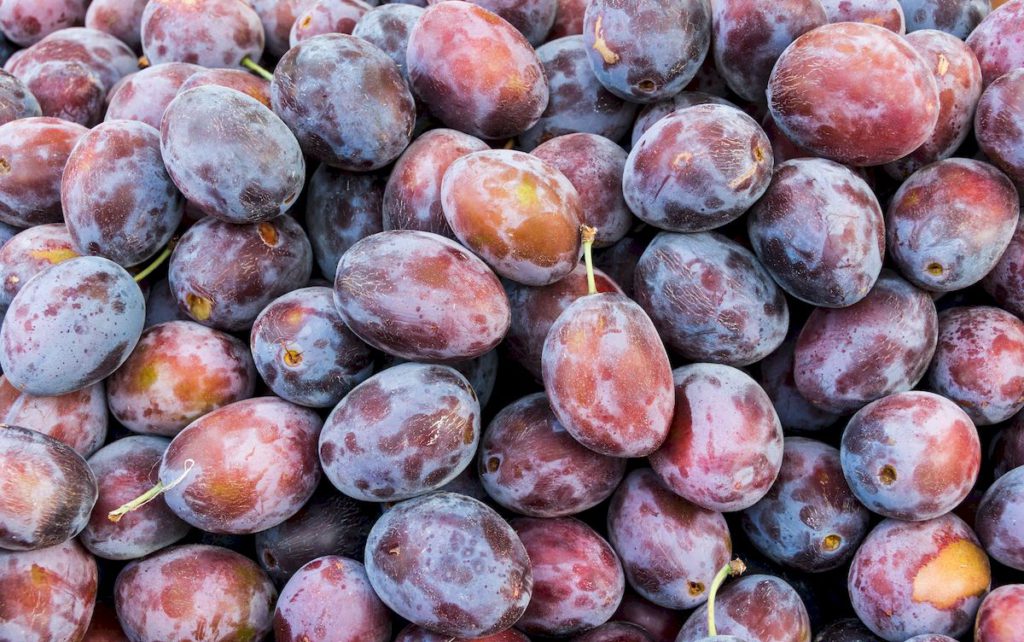
These wrinkled fruits suffered from an image problem long before marketing teams tried rebranding them as “dried plums.” Their sticky, chewy texture delivered more than just digestive regularity. Prunes offer exceptional antioxidant protection against cellular damage while providing fiber, potassium, and vitamin K.
Biting into a prune releases a burst of concentrated sweetness that contains no added sugars yet satisfies like nature’s candy. The leathery exterior gives way to a dense, jammy center that clings pleasantly to your teeth and delivers 12 grams of fiber per cup. Their flavor profile combines deep notes of caramelized sugar, plum wine, and a subtle earthiness that remains on the palate like a well-aged port.
5. Oatmeal: The Original Heart-Healthy Breakfast

Before breakfast became dominated by candy-colored cereals, old-fashioned rolled oats ruled morning routines. Taking just 5-10 minutes to prepare, this humble grain delivered complex carbohydrates and soluble fiber that modern nutritionists still champion for heart health.
Steam rises from the bowl with a gentle, toasty aroma reminiscent of fresh hay and warm milk. Each spoonful offers a pleasantly chewy texture that satisfies with substantive bite. The subtle sweetness of the grain itself emerges as you chew, while the creamy consistency can lower cholesterol by up to 7% thanks to its beta-glucan content. Unlike the sugar crash from processed cereals, oatmeal delivers a steady energy release that powers you through the morning.
4. Turnips: The Forgotten Root Vegetable

Pulled from cold ground and tossed into stews, turnips once held a place of honor in winter cooking. Their earthy flavor with a slight peppery bite complemented heartier meats while adding vitamin C and fiber to meals when fresh produce was scarce.
Raw turnips offer a crisp, water-chestnut-like texture with a radish-like zing that mellows beautifully when cooked. When simmered in broth, they transform to a buttery softness that absorbs surrounding flavors while maintaining their distinctive sweetness similar to a mild parsnip. At just 35 calories per cup, they provide surprising satiety through their high water and fiber content while delivering crunch and complexity to winter meals.
3. Beef Tongue: The Sustainable Delicacy

Before meat became synonymous with tidy packages of steaks and ground beef, nose-to-tail cooking ensured nothing went to waste. Beef tongue, when properly prepared, transforms into silky, tender meat that rivals the texture of prime cuts.
After hours of gentle simmering with aromatics, the peeled tongue reveals meat with a mouthfeel like velvet-textured pot roast but with more concentrated flavor. Each bite delivers a profound beefiness that contains 45% of your daily protein needs in a single serving. The rich, clean flavor carries subtle notes of bone marrow and sweet meat that melts rather than dissolves—a textural revelation that explains why this cut commands premium prices in high-end restaurants worldwide.
2. Cream of Wheat: Comfort in a Bowl

Unlike its grittier grain cousins, Cream of Wheat offered velvety comfort with minimal effort. Made from finely ground wheat, this cereal cooked quickly into a smooth, mild porridge that delivered iron-fortified nourishment particularly beneficial for children and those with sensitive digestive systems.
Each spoonful slides across the tongue like liquid silk, with a consistency reminiscent of melted ice cream but warm and nourishing. The subtle wheat flavor carries gentle notes of milk and toast, creating an enveloping comfort that contains 50-100% of daily iron needs per serving. Its mellow sweetness requires little enhancement—a testament to the simple pleasure of unadulterated grain transformed by nothing more than heat and liquid.
1. Apple Cider Vinegar: Tangy Tonic With Ancient Roots

Long before it became a wellness influencer staple, apple cider vinegar held a place in traditional medicine cabinets. This fermented liquid contains beneficial acids and enzymes that support everything from digestion to immune function.
The pungent aroma hits like an acidic wave—sharp, fruity, and unmistakably alive. That first sip delivers an intense sour punch that causes an involuntary pucker before revealing complex apple undertones. The unfiltered varieties contain the “mother” culture visible as cloudy strands floating within the amber liquid—living proof of beneficial bacteria. When diluted with water or incorporated into dressings, its brightness cuts through richness while delivering probiotic benefits that modern gut health experts now validate.


